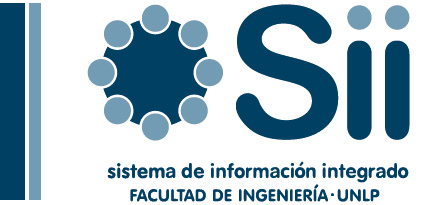Controls and Art [libro electrónico] : ; Inquiries at the Intersection of the Subjective and the Objective / edited by Amy LaViers, Magnus Egerstedt.
Tipo de material: TextoDetalles de publicación: Cham : Springer International Publishing : Imprint: Springer, 2014.Descripción: viii, 235 p. : ilTipo de contenido:
TextoDetalles de publicación: Cham : Springer International Publishing : Imprint: Springer, 2014.Descripción: viii, 235 p. : ilTipo de contenido: - text
- computer
- online resource
- 9783319039046
- TJ212-225
 Libro electrónico
Lista(s) en las que aparece este ítem:
Ebooks
Libro electrónico
Lista(s) en las que aparece este ítem:
Ebooks
Metric Preference Learning with Applciations to Motion Imitation -- In the Dance Studio: An Art and Engineering Exploration of Human Flocking -- Dancing Robots: The Control Theory of Communication Through Movement -- So You Think You Can Dance?: Rhythmic Flight Performances with Quadrocopters -- Robotic Puppets and the Engineering of Autonomous Theatre -- The Artistic Geometry of Consensus Protocols -- Generating Music from Flocking Dynamics -- "Are We There Yet?": Visual Tracking of Visitors Under Variable Lighting -- Style-based Robotic Motion in Contemporart Dance Performance.
Dancing humanoids, robotic art installations, and music generated by mathematically precise methods are no longer science fiction; in fact they are the subject of this book. This first-of-its-kind anthology assembles technical research that makes such creations possible. In order to mechanize something as enigmatic and personal as dance, researchers must delve deeply into two distinct academic disciplines: control theory and art. Broadly, this research uses techniques from the world of art to inspire methods in control, enables artistic endeavours using advanced control theory, and aids in the analysis of art using metrics devised by a systems theoretic approach. To ensure that artistic influences are well represented, the individual chapters are focused so that they relate their contribution to the arts meaningfully and explicitly. Specially composed introductions set up the contributions either in terms of inspiration by artistic principles or their contribution to the arts through new analysis tools. To facilitate this, the majority of the chapters are authored jointly by experts in control theory and by artists, including dancers, choreographers, puppeteers, and painters. Connections between controls and art then permeate the text so that these important relationships play a central role in the book. Controls and Art surveys current projects in this areaâ_"including a disco dancing robot, a reactive museum exhibit, and otherworldly musicâ_"and illuminates open problems and topics for research in this emerging interdisciplinary field. It will draw attention both from experts in robotics and control interested in developing the artistic side of their creations and from academics studying dance, theater, music and the visual arts with an interest in avant-garde means of production.
No hay comentarios en este titulo.
